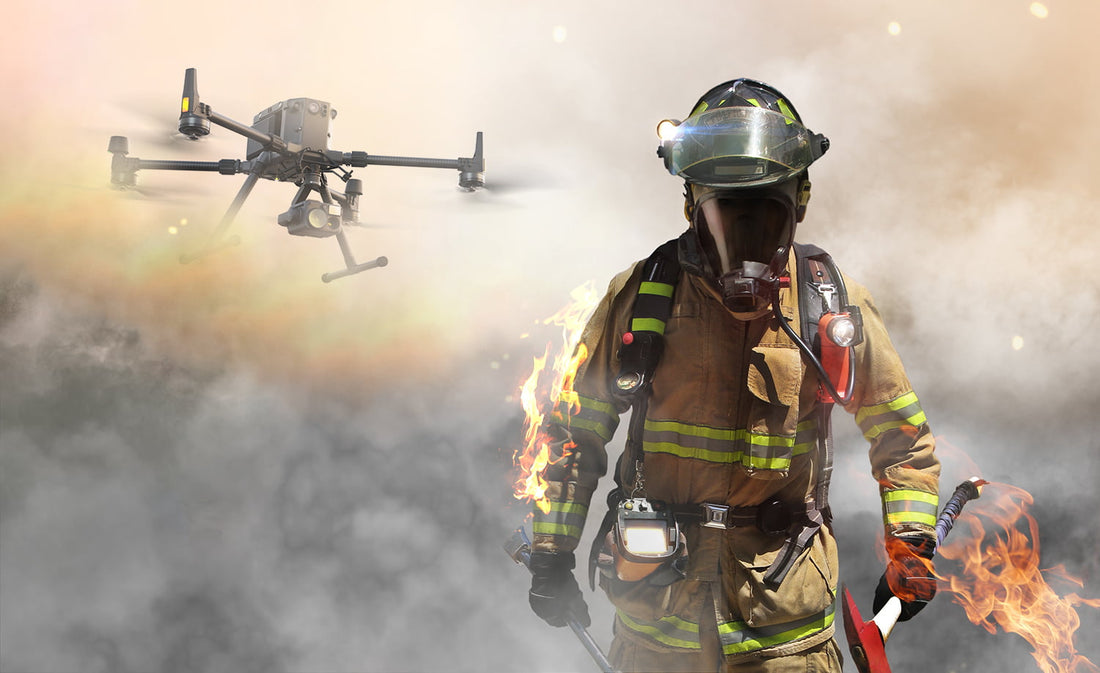First responders are constantly on the lookout for new technologies that can help them do their jobs more safely and efficiently. In recent years, there have been a number of new technologies that have emerged that are being used by first responders around the world, such as drones, augmented reality (AR), wearable devices, data analytics, and artificial intelligence (AI).
These new technologies are helping first responders to save lives and protect our communities in new and innovative ways. For example, drones can be used to search for missing persons, assess damage after a natural disaster, and deliver medical supplies to remote areas. AR can be used to provide first responders with real-time information about their surroundings, such as the location of victims, the best route to take, and potential hazards. Wearable devices, such as smart glasses and body cameras, can be used to provide first responders with hands-free access to information and to record their activities. Data analytics is being used to help first responders identify trends and patterns in crime and other data. This information can be used to improve resource allocation and to develop more effective prevention strategies. AI is being used to develop new tools and technologies to help first responders do their jobs more safely and efficiently. For example, AI is being used to develop new algorithms for predicting crime and to develop new ways to identify and track suspects.
If you are looking for a way to support first responders, First Responder Gift Company is a great place to find gifts. First Responder Gift Company offers a variety of gifts for first responders and members of our Armed Forces and Veterans that show your appreciation.
This blog post was enhanced by Bard, a large language model from Google AI. Bard helped me to research the latest technologies being used by first responders and to write a clear and informative blog post about the topic. I am grateful for Bard's assistance, and I hope that you find this blog post to be informative and helpful.
Sources:
- National Institutes of Health (NIH): https://www.nih.gov/: The NIH is a government agency that conducts medical research. The NIH website contains information on a variety of health topics, including first responders.
- Federal Emergency Management Agency (FEMA): https://www.fema.gov/: FEMA is a government agency that is responsible for coordinating the response to natural disasters. The FEMA website contains information on a variety of topics related to first responders, including training, equipment, and funding.
- National Fire Protection Association (NFPA): https://www.nfpa.org/: The NFPA is a non-profit organization that develops fire safety standards and provides training to first responders. The NFPA website contains information on a variety of topics related to first responders, including fire safety, hazardous materials, and emergency medical services.
- International Association of Fire Chiefs (IAFC): https://www.iafc.org/: The IAFC is a non-profit organization that represents fire chiefs and other fire service professionals. The IAFC website contains information on a variety of topics related to first responders, including fire safety, emergency medical services, and disaster preparedness.
- National Association of Emergency Medical Technicians (NAEMT): https://www.naemt.org/: The NAEMT is a non-profit organization that represents emergency medical technicians (EMTs) and other paramedic professionals. The NAEMT website contains information on a variety of topics related to first responders, including emergency medical services, disaster preparedness, and continuing education.

